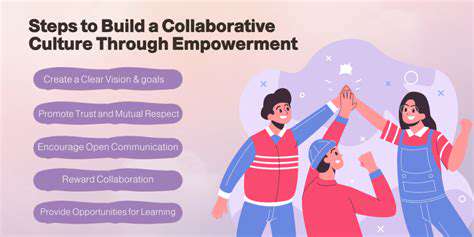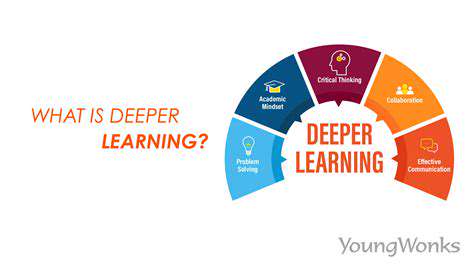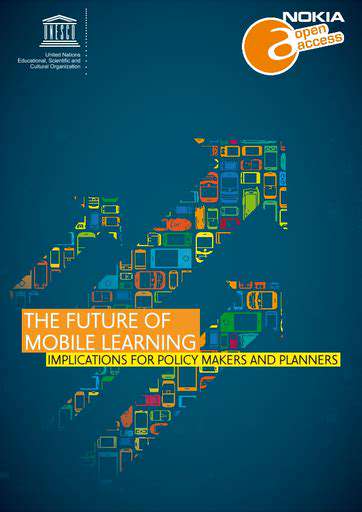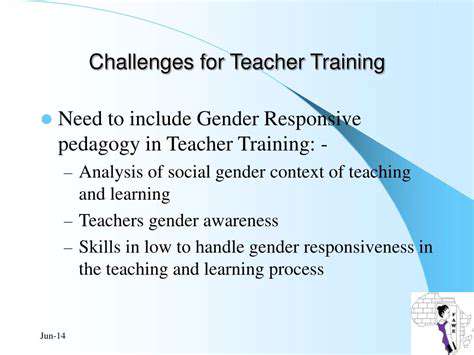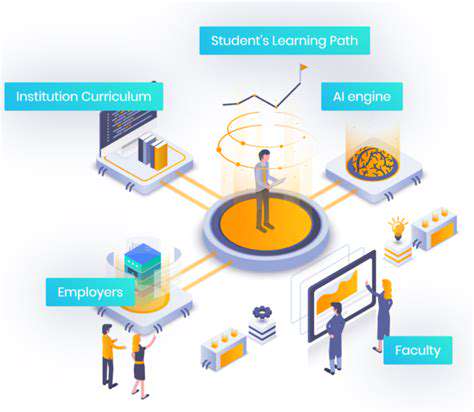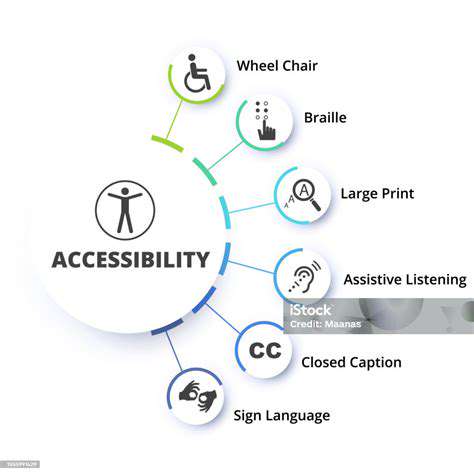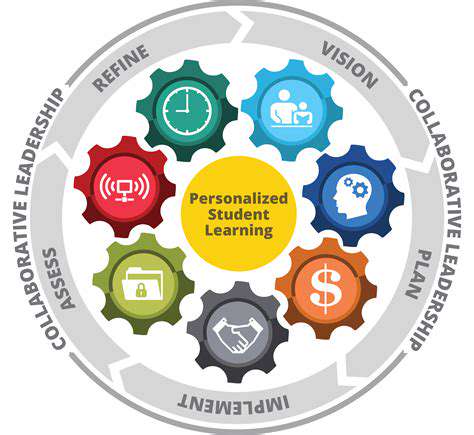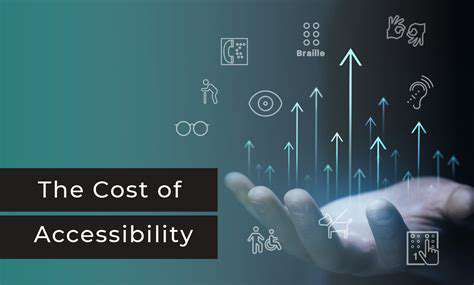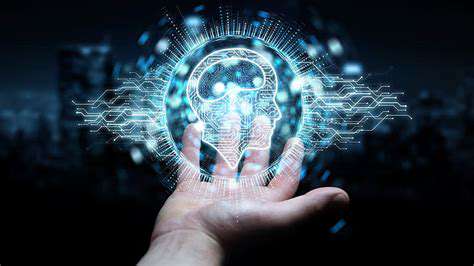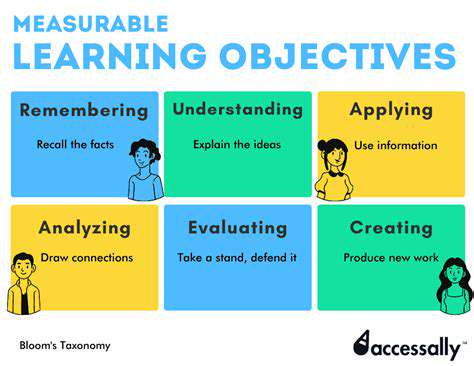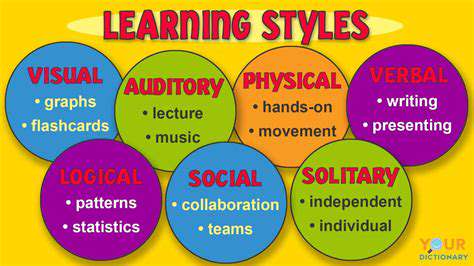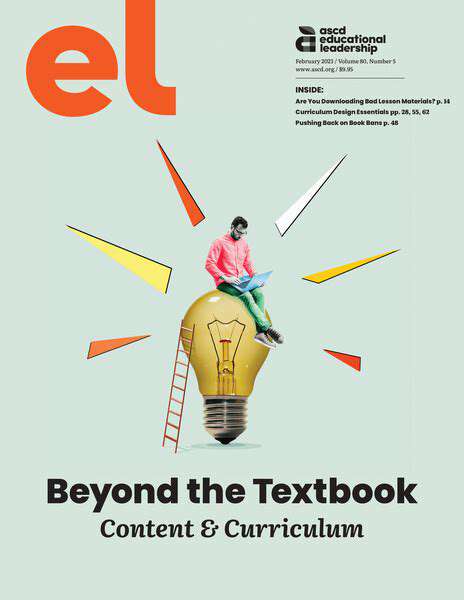From Classroom to Cloud: The Evolution of EdTech
Early Adoption and Experimentation
The journey of integrating digital tools into education began with a mix of excitement and exploration. Schools and educators, eager to harness technology's potential, tested various digital platforms and tools. This phase was defined by experimentation, as both teachers and students adapted to new software and learning environments. The primary goal was discovering practical uses for technology rather than establishing a unified strategy.
Early adopters saw opportunities for boosting engagement and tailoring learning experiences. Yet, the absence of clear guidelines often resulted in uneven implementation, creating a patchwork of technology use across classrooms.
The Rise of Online Resources
The explosion of online educational materials—websites, simulations, and digital libraries—broadened the horizons of digital learning. These resources supplemented traditional teaching, offering students independent access to high-quality content. This shift democratized education, particularly for students with limited physical resources.
Teachers also benefited, using these tools to customize lessons for diverse learning styles and needs.
Technological Infrastructure and Accessibility
Reliable internet, modern devices, and teacher training were critical to digital learning's growth. Bridging the digital divide became a priority, with initiatives like affordable internet programs, device loans, and professional development ensuring equitable access for all students.
The Role of Educational Software
Early educational software introduced interactive exercises and simulations, offering fresh alternatives to traditional methods. While promising, these tools varied in quality, highlighting the need for more refined and standardized solutions.
Early Challenges and Concerns
Digital learning's early days faced skepticism about its impact on student outcomes, concerns over distractions, and the need for teacher training. Schools struggled to weave technology seamlessly into curricula. Data privacy and security also emerged as pressing issues, demanding safeguards for student information.
Developing Pedagogical Approaches
As digital tools gained ground, educators reimagined teaching methods, moving beyond using technology as a supplement to creating transformative learning experiences.
The Evolution of Educational Platforms
Early learning management systems (LMS) centralized resources, communication, and progress tracking, laying the groundwork for advanced digital learning models.

The Future of EdTech: Beyond the Screen
Personalized Learning Paths
The future of education technology rejects uniformity, embracing AI-driven personalization. Platforms analyze performance data to tailor content, pacing, and modalities (visual, auditory, kinesthetic) for each student. This approach fosters deeper engagement and better outcomes.
Picture a learning ecosystem where every student's path is uniquely designed, maximizing their potential through targeted support.
Augmented and Virtual Reality Integration
AR and VR are redefining immersion in education. AR enhances real-world lessons with digital overlays, while VR transports students to historical sites or labs. These technologies make abstract concepts tangible, revolutionizing subjects like science and history.
Envision students conducting virtual dissections or touring ancient civilizations—all from their classroom.
The Rise of Adaptive Assessments
AI-powered assessments adjust difficulty in real time, providing precise evaluations of student abilities. This enables teachers to refine instruction and offer timely support, creating a responsive feedback loop for continuous improvement.
Gamification and Interactive Learning Platforms
Game-like elements—challenges, rewards, and collaboration—are boosting engagement in educational platforms. These methods make learning dynamic and enjoyable, improving retention and participation.
Data-Driven Insights and Teacher Empowerment
EdTech's data analytics empower teachers with actionable insights into student performance. This granular understanding helps tailor instruction and informs broader decisions about curriculum and resources.
Access to real-time data ensures teaching strategies evolve alongside student needs, optimizing the learning journey.
Read more about From Classroom to Cloud: The Evolution of EdTech
Hot Recommendations
- Attribution Modeling in Google Analytics: Credit Where It's Due
- Understanding Statistical Significance in A/B Testing
- Future Proofing Your Brand in the Digital Landscape
- Measuring CTV Ad Performance: Key Metrics
- Negative Keywords: Preventing Wasted Ad Spend
- Building Local Citations: Essential for Local SEO
- Responsive Design for Mobile Devices: A Practical Guide
- Mobile First Web Design: Ensuring a Seamless User Experience
- Understanding Your Competitors' Digital Marketing Strategies
- Google Display Network: Reaching a Broader Audience
